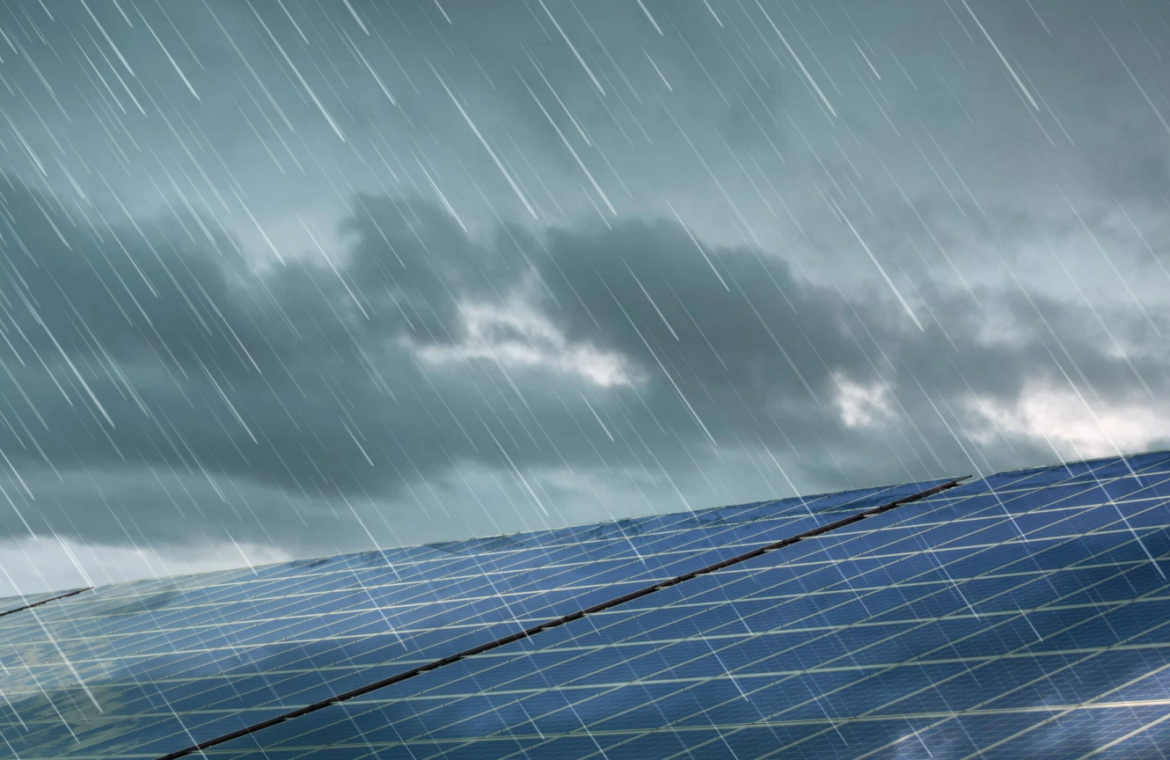Safeguarding Your Solar Panels: Effective Strategies to Protect Against Rain
As solar panels become increasingly popular as a sustainable energy solution, protecting these valuable investments from the elements is crucial. One of the most common environmental factors that can impact solar panels is rain. While solar panels are designed to withstand weather conditions, taking extra precautions can help ensure their longevity and optimal performance. This guide explores the best practices for protecting your solar panels from rain, ensuring they continue to generate clean energy for years to come.
Understanding the Impact of Rain on Solar Panels
Rain can affect solar panels in several ways, but the extent of the impact largely depends on the intensity and frequency of rainfall in your area. Generally, rain can help clean the surface of solar panels by washing away dust, dirt, and debris. However, heavy and prolonged rainfall, especially when combined with strong winds, can pose challenges that may require attention.
One of the main concerns during rainy seasons is water accumulation around the panels, which can lead to potential damage if not properly managed. Additionally, moisture can cause corrosion in the wiring and other components if the panels are not adequately sealed. By understanding these risks, you can take the necessary steps to protect your solar investment.
1. Ensure Proper Installation and Sealing
The first line of defense against rain-related damage is ensuring that your solar panels are installed correctly. Proper installation involves securely mounting the panels and sealing all connections to prevent water ingress. If you’re installing solar panels for the first time, it’s essential to work with a reputable and experienced installer who understands the nuances of protecting panels from environmental factors.
For existing solar panels, it’s a good idea to inspect the sealing around the panels, especially before the rainy season begins. Look for any cracks, gaps, or signs of wear that could allow water to penetrate the system. If you notice any issues, have them repaired by a professional to avoid further damage.
2. Regular Maintenance and Cleaning
While rain can help clean your solar panels, it’s essential to conduct regular maintenance to ensure optimal performance. Debris such as leaves, bird droppings, and dust can accumulate on the panels, reducing their efficiency. After a heavy rainfall, inspect your panels to ensure that they are clean and free from obstructions that could hinder their ability to absorb sunlight.
For a more thorough cleaning, use a soft brush or a microfiber cloth along with mild soap and water. Avoid using abrasive materials or harsh chemicals, as these can damage the panels’ surface. Additionally, ensure that the area around the panels is kept clear of debris that could block drainage or cause water to pool.
3. Implement Proper Drainage Systems
Effective drainage is crucial for protecting your solar panels from rain. Water pooling around the base of the panels can lead to structural damage and increase the risk of corrosion. To prevent this, ensure that your roof or the area where the panels are installed has a proper drainage system in place.
If your panels are mounted on a flat roof, consider installing drainage channels or slight inclines to direct water away from the panels. For ground-mounted systems, ensure that the area is properly graded to prevent water from accumulating around the panels. Regularly check gutters and downspouts to ensure they are clear and functioning correctly.
4. Use Protective Coatings and Covers
Applying protective coatings to your solar panels can provide an additional layer of defense against rain. These coatings can help repel water, reduce the risk of corrosion, and make it easier to clean the panels. Look for coatings specifically designed for solar panels, as they are formulated to enhance durability without affecting the panels’ performance.
In areas prone to heavy rainfall or severe weather, you may also consider using temporary covers during extreme conditions. These covers can help protect the panels from direct exposure to heavy rain and debris. However, be sure to remove the covers once the weather improves, as prolonged use can reduce the panels’ efficiency.
5. Monitor Your Solar System’s Performance
Regularly monitoring your solar system’s performance is key to identifying any issues that may arise due to rain or other environmental factors. Most modern solar systems come with monitoring software that allows you to track energy production and detect any irregularities. If you notice a significant drop in performance after a rainstorm, it could indicate an issue that needs to be addressed, such as water ingress or damaged components.
If your system’s performance is consistently lower than expected, it’s advisable to have a professional conduct a thorough inspection. They can check for any underlying issues and recommend necessary repairs or adjustments to keep your system running efficiently.
Conclusion
Protecting your solar panels from rain involves a combination of proper installation, regular maintenance, and effective drainage solutions. By taking these proactive steps, you can ensure that your solar panels remain in optimal condition, even during the rainy season. Remember that a well-maintained solar system not only extends the life of your panels but also maximizes the return on your investment, allowing you to continue enjoying the benefits of clean, renewable energy.
Topics #featured #Solar Panels #trending pakistan




